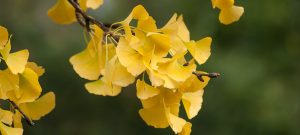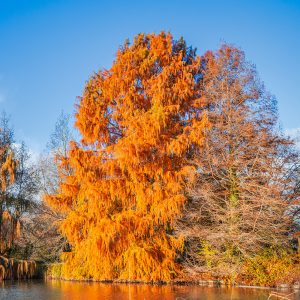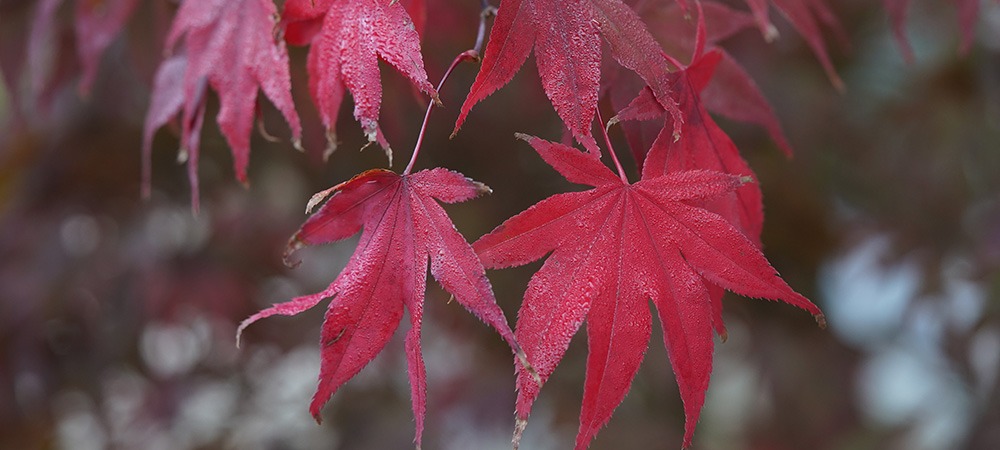Different Types of Fall Foliage on Trees
As the leaves begin to change color and fall from the trees, it’s a sign that autumn has arrived. Leaves of all colors blanket the ground, and the trees are a sight to behold. But what causes leaves to change color in the fall?
It’s all thanks to a pigment called anthocyanin, which is produced by the leaves in response to the shorter days and cooler temperatures of autumn. This pigment is what gives leaves their red, purple, and blue hues. Not all leaves change color in the fall, however. Some trees, like evergreens, have leaves that stay green all year round. This is because they don’t produce anthocyanin.
While the leaves of some trees may turn a uniform color, others can display a range of hues, from yellow and orange to red and purple. Here are some of the most common types of fall foliage:
Yellow leaves: Many trees, such as the Heritage River Birch or Autumn Gold Ginkgo turn yellow in the fall. This is due to the presence of carotenoids, which are yellow and orange pigments.

(Pictured Above: Autumn Gold Ginkgo)
Orange leaves: The pigments responsible for giving leaves their orange color are anthocyanins. These pigments are found in a variety of trees, including Bald Cypress, Fall Fiesta Sugar Maple, Autumn Moon Japanese Maple, Sango Kaku Japanese Maple.

(Pictured Above: Bald Cypress)
Red leaves: Like orange leaves, red leaves get their color from anthocyanins. Trees that are known for their red fall foliage include Autumn Blaze Maple, Crimson Sunset Maple, Crimson Queen Japanese Maple, Inaba Shidare Japanese Maple, and October Glory Maple.

(Pictured Above: Crimson Queen Japanese Maple)
So, if you’re looking to add some color to your autumn landscape, be sure to plant trees that are known for their vibrant fall foliage, such as Maple, Oak, and Birch trees.









